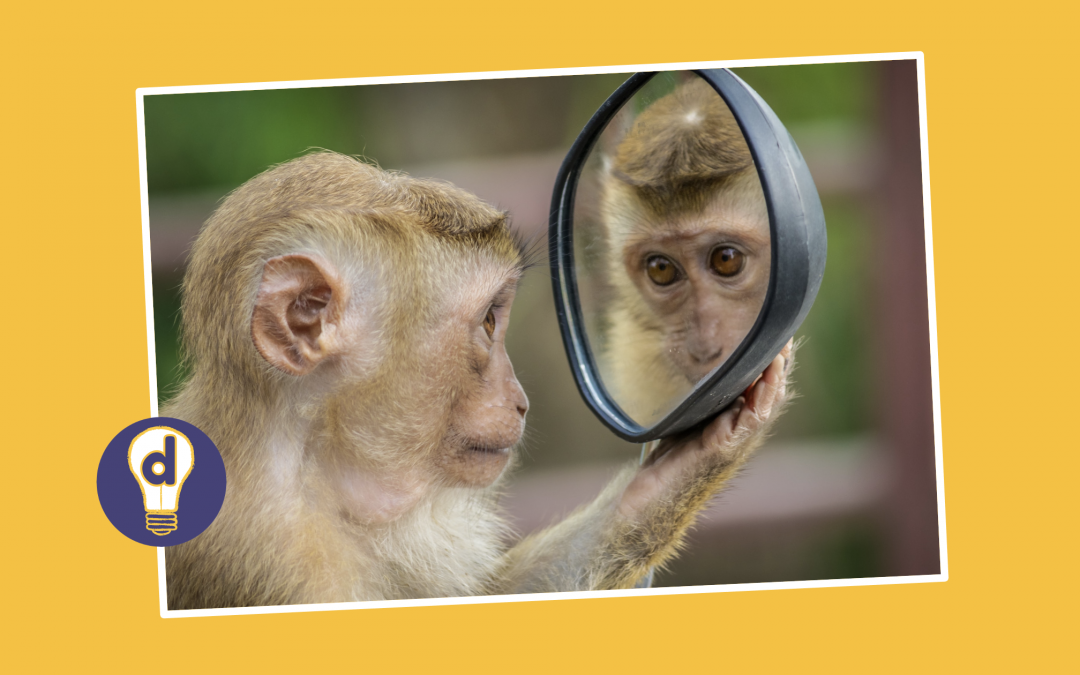Ask around about ‘positionality’ and you may just be told it’s a term connected with research, particularly qualitative research. But stay with me: its relevance for learning designers and educators is increasingly recognised too.
Whether you’re learning in a workplace or a classroom, learning spaces are multicultural. Learners will often come from a wide variety of social and cultural backgrounds. If we are to design a learning experience that models inclusivity and social justice, it is essential that we understand our own background, beliefs and experience. This is our ‘positionality’, which can be understood as being conscious of our biases and blind spots.
Where does the idea of ‘positionality’ come from?
The concept of positionality grew out of the recognition that all research is skewed by the experiences, personal values, roles and relationships that researchers bring with them. A researcher’s positionality will influence the kind of research they engage in, the kinds of questions they ask themselves and their participants, and their interpretation of their findings. The more a researcher can become conscious of their positionality, the more able they will be to see how their own views and biases influence their findings. This in turn enables the researcher to get closer to being objective.
Positionality in education
Determining the positionality of an educator is an idea that’s increasingly valued in schools and higher education too. For Christine Harrington (2022), a professor at New Jersey City University,
‘[positionality is] ‘a powerful strategy for building student success – especially if you think about how your lived experiences shape what you do in the classroom, and how those actions may or may not be supporting the success of students in your class who often have very different lived experiences.’
Reflection has long been an important tool in teaching and learning. Positionality adds another dimension, focusing on you rather than on your teaching sessions. Harrington has found it useful to share her multiple identities with her students, which she suggests doing either before a course starts or in the first session. That way, her experience shows, her students will feel more connected with her. And, as she says,
‘Research has consistently shown that student-professor interactions are a powerful predictor of student success’ (Harrington, 2022).
By understanding our positionality more clearly, we can be more open to difference and alternative views, perhaps be more prepared to seek out people in other groups, and work towards building a better community of practice.
How positionality affects learning design
In terms of learning design, understanding our positionality couldn’t be more useful. When we’re building a learning experience, one of our first jobs is to empathise with the intended learners by asking questions such as:
- Who are they?
- What hopes and fears, knowledge and gaps in knowledge are they likely to bring to the course?
- What motivates them?
- What barriers might they face?
Empathy is the ‘Swiss army knife’ in the learning design toolkit, and we can empathise more deeply if we are more conscious of our own positionality and how it affects our learners. Deep empathy enables better design, as Jason Nam explains in this TED talk. It also enables us to build effective learner personas, or to explore in more depth the personas who have already been identified for you by your clients.
Understanding your positionality will also give you insights into the kinds of learning activities that you favour: are you falling back on the way you were taught? Are you appealing to your own biases? Are you, for example, assessing through essays because that’s how you had to provide evidence of your own learning – even though essays are inequitable and alien to many of your learners? Are you marginalising students whose experience of the subject is different from yours? And so on.

Questions to clarify our positionality as learning designers
Harrington (2022) suggests the following questions to help us become more conscious of our positionality:
- What groups—race, gender, sexual orientation, age, social class, religion, ability and so on—do I identify with? How important is each group membership to my identity, actions and behaviours as a learning designer / tutor / coach / lecturer?
- What roles—manager, parent, sibling, child, friend, instructor, scholar, author—do I have? How do these impact my identity, actions and behaviours as a learning designer / tutor / coach / lecturer?
- What training and learning experiences have I had? How have they shaped my professional identity, and how might they positively or negatively impact marginalised groups in my classes / courses today?
- What beliefs and values about the world do I have? How do they impact my identity and related actions as a learning designer / tutor / coach / lecturer?
- In what ways do my identities represent privilege or marginalisation? How might my identities compare to those of my students? What might I be doing, saying, including or excluding from a learning experience that could marginalise or discourage my learners? What actions do I / could I take to enable success for all the learners in my classes / courses?
Adapted from: Harrington ‘Reflect on Your Positionality to Ensure Student Success’: January 26, 2022
You might also like:
- Jayman, M., Glazzard, J. and Rose, A. (2022) Tipping point: the staff wellbeing crisis in higher education. Frontiers in Education, 7.
- Jason Nam (2021) Great design starts with empathy. TEDxYouth@ISPrague.
- Ding (2023) The role of personas in learning design.
Thank you to:
- Ray Martin for researching and preparing this article
- Andre Mouton on Unsplash for a fabulous photo!
Want to explore positionality and learning design in greater depth?
We run a PGCert, PGDip and MA in Creative Teaching and Learning Design.



